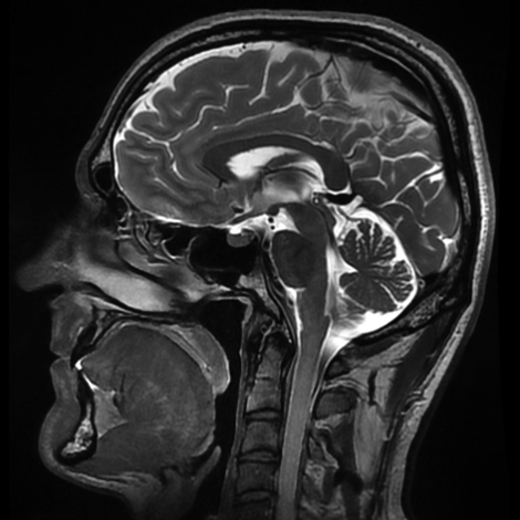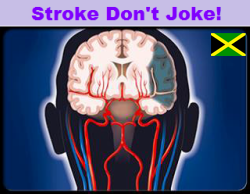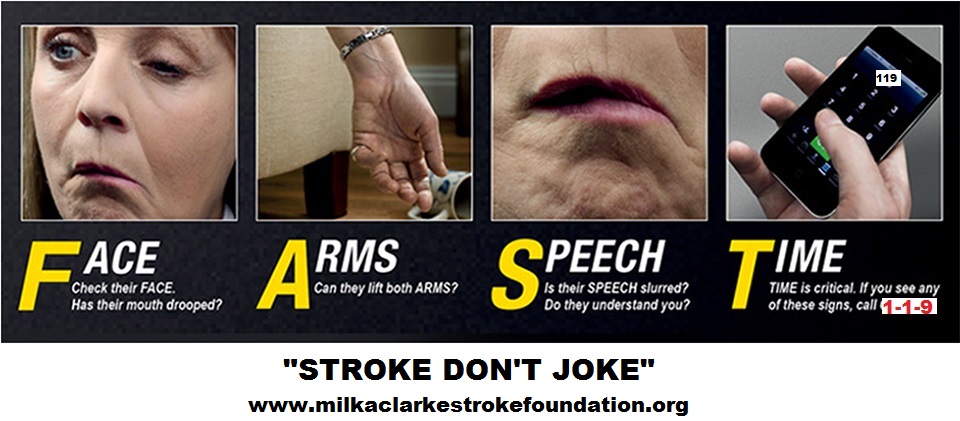Your Brain
About the Brain
Though it weighs barely three pounds, the brain has an enormous job. It regulates all of our physical movement and sensation as well as our ability to think, act, feel and communicate. Everything we know and everything we do – including our personalities and attitudes – is filtered, analyzed, and organized by our brain.
Normally, the brain manages to perform routine actions regularly and quickly through constant communication between one part of the brain and the next. When the brain is injured, however, communication between the different areas of the brain can become disrupted and inhibit the simplest of tasks. The best way to understand the risks associated with traumatic brain injury is to understand the function of each area of the brain and its related systems and structures.
Much of the brain's physiological task involves receiving information from the rest of the body, interpreting that information, and then guiding the body's response to it. Types of input the brain interprets include odors, light, sounds, and pain. The brain also helps perform vital operations such as breathing, maintaining blood pressure, and releasing hormones (chemical signals that control certain cells and organs).
Though it weighs barely three pounds, the brain has an enormous job. It regulates all of our physical movement and sensation as well as our ability to think, act, feel and communicate. Everything we know and everything we do – including our personalities and attitudes – is filtered, analyzed, and organized by our brain.
Normally, the brain manages to perform routine actions regularly and quickly through constant communication between one part of the brain and the next. When the brain is injured, however, communication between the different areas of the brain can become disrupted and inhibit the simplest of tasks. The best way to understand the risks associated with traumatic brain injury is to understand the function of each area of the brain and its related systems and structures.
Much of the brain's physiological task involves receiving information from the rest of the body, interpreting that information, and then guiding the body's response to it. Types of input the brain interprets include odors, light, sounds, and pain. The brain also helps perform vital operations such as breathing, maintaining blood pressure, and releasing hormones (chemical signals that control certain cells and organs).
The brain is divided into sections. These sections include the cerebrum, the cerebellum, the diencephalon, and the brainstem.
Each of these parts is responsible for certain portions of the brain's overall job. The larger parts are, in turn, divided into smaller areas that handle smaller portions of the work. Different areas often share responsibility for the same task.
The cerebrum is the largest part of the brain. It is responsible for memory, speech, the senses, emotional response, and more. It is divided into several sections called lobes. These lobes are referred to as the frontal, temporal, parietal, and occipital; each handles a specific segment of the cerebrum's jobs.
The cerebellum is below and behind the cerebrum and is attached to the brain stem. It controls motor function, the body's ability to balance, and its ability to interpret information sent to the brain by the eyes, ears, and other sensory organs.
The functions the brain stem governs include respiration, blood pressure, some reflexes, and the changes that happen in the body during what is called the “fight or flight” response. The brain stem is also divided into several distinct sections: the midbrain, pons, and medulla oblongata.
The diencephalon is inside the cerebrum above the brain stem. Its tasks include sensory function, food intake control, and the body's sleep cycle. As with the other parts of the brain, it is divided into sections. These include the thalamus, hypothalamus, and epithalamus.
The brain is protected from damage by several layers of defenses. Outermost are the bones of the skull. Beneath the skull are the meninges, a series of sturdy membranes that surround the brain and spinal cord. Inside the meninges, the brain is cushioned by fluid.
Still, the brain can suffer damage, become diseased, or malfunction. These problems may include cancer, physical injuries such as skull fractures, and ruptures of blood vessels that supply the brain.
Each of these parts is responsible for certain portions of the brain's overall job. The larger parts are, in turn, divided into smaller areas that handle smaller portions of the work. Different areas often share responsibility for the same task.
The cerebrum is the largest part of the brain. It is responsible for memory, speech, the senses, emotional response, and more. It is divided into several sections called lobes. These lobes are referred to as the frontal, temporal, parietal, and occipital; each handles a specific segment of the cerebrum's jobs.
The cerebellum is below and behind the cerebrum and is attached to the brain stem. It controls motor function, the body's ability to balance, and its ability to interpret information sent to the brain by the eyes, ears, and other sensory organs.
The functions the brain stem governs include respiration, blood pressure, some reflexes, and the changes that happen in the body during what is called the “fight or flight” response. The brain stem is also divided into several distinct sections: the midbrain, pons, and medulla oblongata.
The diencephalon is inside the cerebrum above the brain stem. Its tasks include sensory function, food intake control, and the body's sleep cycle. As with the other parts of the brain, it is divided into sections. These include the thalamus, hypothalamus, and epithalamus.
The brain is protected from damage by several layers of defenses. Outermost are the bones of the skull. Beneath the skull are the meninges, a series of sturdy membranes that surround the brain and spinal cord. Inside the meninges, the brain is cushioned by fluid.
Still, the brain can suffer damage, become diseased, or malfunction. These problems may include cancer, physical injuries such as skull fractures, and ruptures of blood vessels that supply the brain.
Human Body Map What The Brain Does

Magnetic resonance imaging (MRI) uses a powerful magnetic field and radio frequency
pulses to produce detailed images of internal body structures, including things like soft
tissue that an x-ray cannot pick up. This MRI is a "section" of the head showing a healthy brain. If there
were any problems (such as tumors or neurological disorders), they would appear as a particularly
bright area on the image of the brain tissue or abnormality in the structure of the brain.
pulses to produce detailed images of internal body structures, including things like soft
tissue that an x-ray cannot pick up. This MRI is a "section" of the head showing a healthy brain. If there
were any problems (such as tumors or neurological disorders), they would appear as a particularly
bright area on the image of the brain tissue or abnormality in the structure of the brain.








